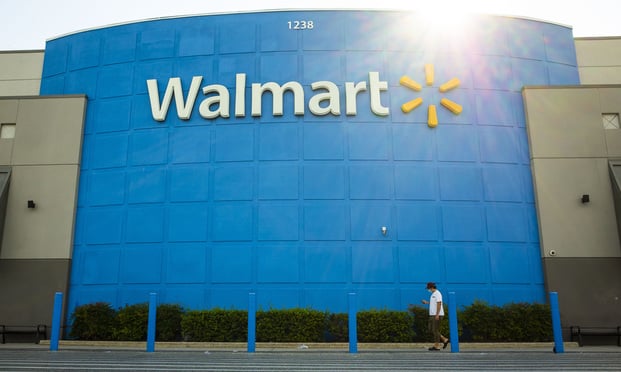U.S. health spending rose to $3.3 trillion in 2016, but thepace slowed compared to the previous two yearsas demand for drugs, hospital care and physicianservices weakened, according to a federal study released Wednesday.
The analysis from the Office of the Actuary at the Centers forMedicare and Medicaid Services (CMS) showed a shift from thedramatic escalation in health spending that accompanied thecoverage gains in 2014 and 2015 as millions of Americans foundinsurance under the Affordable Care Act.
The rate at which spending grew last year was lower across manymeasures — including figures for Medicare, Medicaid, privateinsurance, prescription drugs and hospitals — than in the previoustwo years.
Continue Reading for Free
Register and gain access to:
- Breaking benefits news and analysis, on-site and via our newsletters and custom alerts
- Educational webcasts, white papers, and ebooks from industry thought leaders
- Critical converage of the property casualty insurance and financial advisory markets on our other ALM sites, PropertyCasualty360 and ThinkAdvisor
Already have an account? Sign In Now
© 2024 ALM Global, LLC, All Rights Reserved. Request academic re-use from www.copyright.com. All other uses, submit a request to [email protected]. For more information visit Asset & Logo Licensing.








